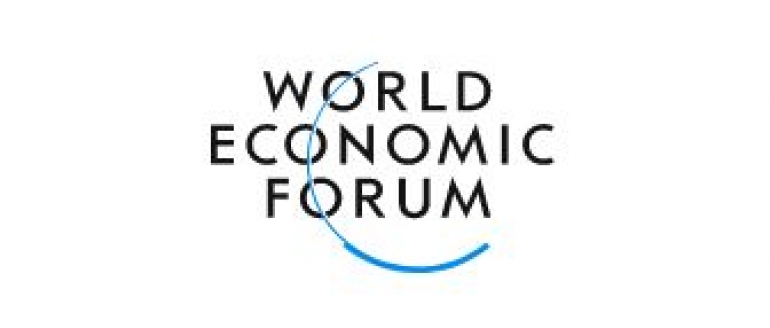Latest news
Read the latest news from the Centre for Sustainable Materials Research and Technology

In this World Economic Forum news story, Professor Veena Sahajwalla, talks about her groundbreaking invention of the world's first microfactory.
Read the full story online – below is an excerpt.
A surge in owning more and more digital gadgets seems to be the norm among today’s generation. It is not unusual for an individual to have multiple gadgets like phones, tablets, phablets, smart watches, and more lying around the house.
However, once these gadgets lose their functionality, they become part of the ever-growing mountain of waste called electronic waste or e-waste. According to a report by the Association of Chamber of Commerce and Industry of India (Assocham), in 2013, Bengaluru produced roughly 20,000 tonnes of e-waste per year, the Guardian reported. What is more, the figure was estimated to rise by 20% every year.
As the Indian electronics market continues to grow, and we continue to use electronic gadgets, India might soon be facing a massive e-waste disposal problem. To combat this issue, an Indian-origin scientist in Australia, has launched the world’s first microfactory, which can transform materials from e-waste into valuable materials, which can then be re-used.
What vaulable materials can this microfactory churn out of used gadgets? You would be surprised. For instance, circuit boards from computers can now be transformed into metal alloys such as copper and tin. Glass and plastic parts from several electronic devices can become micro-materials used in ceramics and filaments for 3D printing.
Gabrielle Upton, NSW Minister for the Environment and Professor Veena Sahajwalla at the launch of the world’s first e-waste microfactory. Credit: Quentin Jones/UNSWWhat the microfactory aims to do
Veena Sahajwalla, a professor at the University of New South Wales (UNSW), is the brains behind the microfactory. A microfactory is a single machine or a series of small machines. It uses patented technology to perform functions, making waste products reusable.
In a statement to the Hindu, she said that the microfactory has the potential to reduce vast amounts of e-waste. Sahajwalla added, “It can also turn many types of consumer waste such as glass, plastic and timber into commercial materials and products.”
The microfactories can function on a site as small as 50 square metres and can be located in any region across the world where waste may be stockpiled. Each discarded device goes through a module to facilitate its transformation.
The devices are placed into the first module that breaks them down. In the next module, a special robot might be recruited for identification of useful parts. Yet another module makes use of a small furnace, where the primary task of transformation takes place. By utilising a precisely controlled temperature process, the furnace then transforms the parts into valuable materials.
“We have proven you can transform just about anything at the micro-level and transform waste streams into value-added products. For example, instead of looking at plastics as just a nuisance, we’ve shown scientifically that you can generate materials from that waste stream to create smart filaments for 3D printing,” Sahajwalla said in a statement.
A pioneering decision
As electronic companies lower their products’ prices to compete with their rivals, consumers are lured to buy more electronic products. In 2016, approximately 1.975 million tonnes of e-waste was generated in India. According to a report in Quartz, cheap mobile phones might be the reason for India’s humongous e-waste generation.
Amount of E-waste per country.